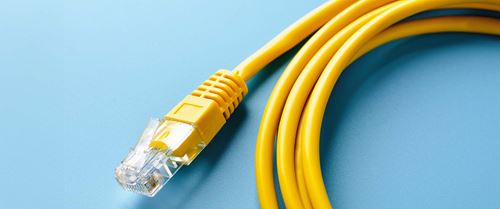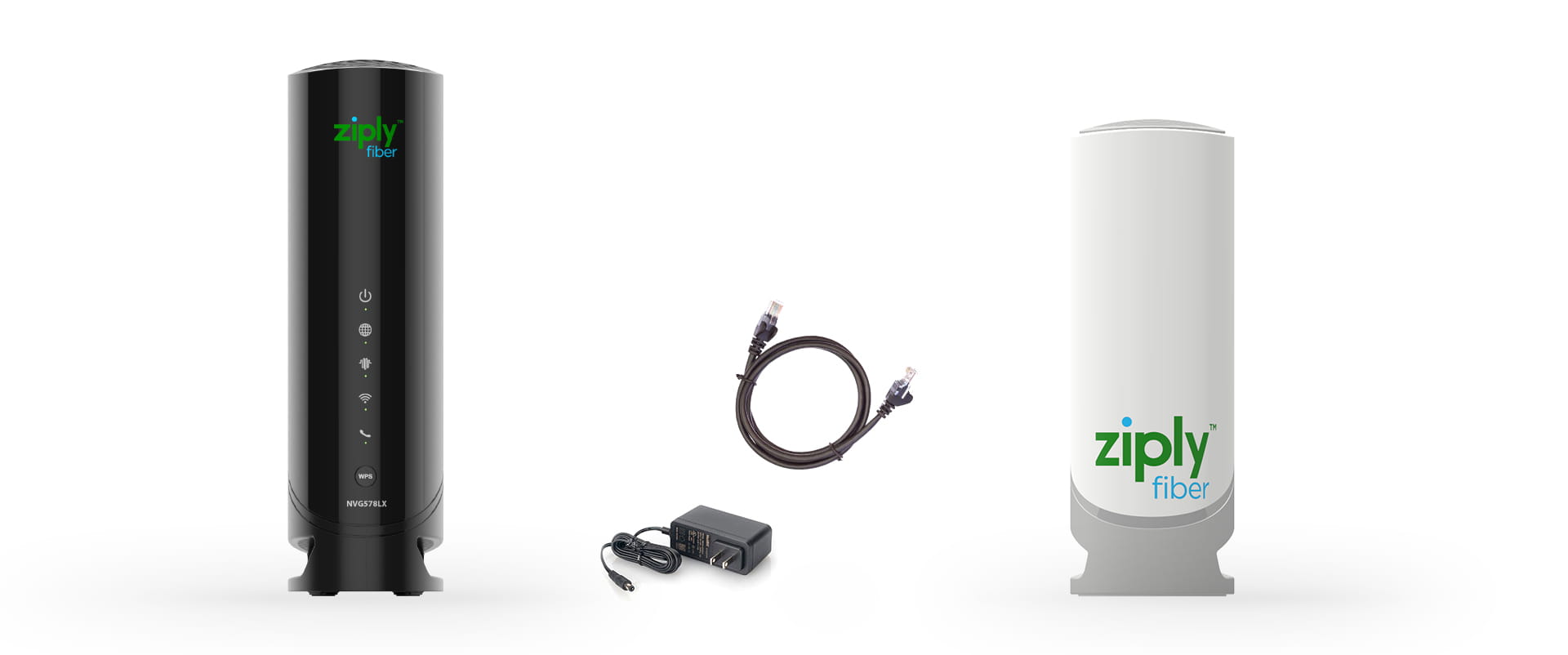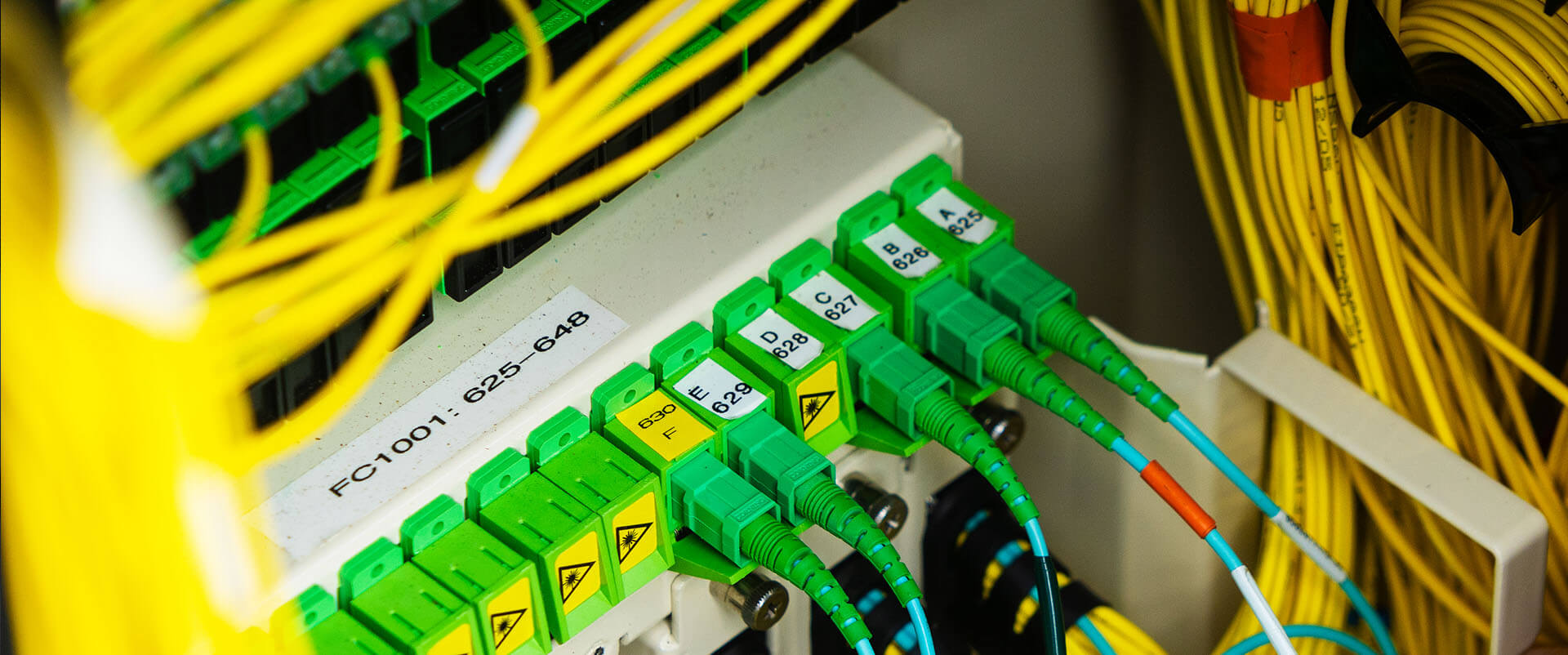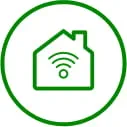Installing fast, reliable fiber internet service is a complex process involving a dizzying array of equipment and components seamlessly working together to provide you with an exceptional digital experience. In this blog post, we’re going to explain the role that each component plays in helping to connect you to the digital world.
1. Fiber-optic cables
At the heart of any fiber internet infrastructure are the fiber-optic cables themselves. Made of strands of glass or plastic thinner than a human hair, the cables transmit data as pulses of light. Renowned for their efficiency in carrying data over long distances, fiber optic cables transmit that data at speeds that can reach gigabits per second —that’s incredibly fast. These cables are typically buried underground or installed on utility poles, connecting homes to the larger network.
2. Optical network terminal
Installed on the exterior or interior of a home, the Optical Network Terminal (ONT) —also known as a modem— is the interface between the fiber optic cable and your home network. Functioning as a translator, the ONT converts optical signals from the fiber optic cable into electrical signals that your router and devices can understand. In essence, it serves as the bridge between your internet service provider’s (ISP) network and your home network.
3. Power supply unit
Ensuring a continuous and reliable power supply to the ONT is the power supply unit (PSU). As fiber optic networks require power to operate, the PSU becomes a critical component in maintaining a stable connection. ISPs often integrate backup power supplies or batteries to ensure uninterrupted service during power outages.
4. Fiber distribution hub
The fiber distribution hub, also known as a distribution cabinet, serves as a central point where multiple fiber optic cables from various homes or businesses are terminated. This hub streamlines connections and facilitates easier management and maintenance of the fiber lines, playing a pivotal role in the efficiency of the network.
5. Optical splitters
Within the distribution hub, optical splitters come into play. These devices divide a single fiber into multiple fibers, aiding in the distribution of the signal to multiple ONTs. Splitters are available in various configurations, such as 1:2, 1:4, or 1:8, indicating the number of output fibers generated from a single input fiber.
6. Router
To connect your devices to the internet, a router (sometimes called a gateway) is essential. Provided by your ISP, this device takes the signal from the ONT and broadcasts it wirelessly or through Ethernet connections to the devices in your home. Routers also offer security features, such as firewalls, and allow you to set up your home network and control its settings.
7. Ethernet cables
For wired connections, Ethernet cables become the physical link between your devices and the router or gateway. These cables provide a stable and high-speed connection for devices like desktop computers and gaming consoles. Available in various lengths, Ethernet cables can accommodate different configurations within your home.
8. WiFi access points
For wireless connectivity within your home, ISPs often provide WiFi access points or recommend specific routers supporting WiFi. These devices transmit the internet signal wirelessly, allowing you to connect smartphones, laptops, tablets and other wireless devices without the need for physical cables.
9. Network interface cards
Network interface cards, often built into your devices, enable them to connect to the internet. For wired connections, NICs facilitate communication with the router or ONT using Ethernet cables. WiFi NICs enable wireless devices to connect to the WiFi access point, ensuring a seamless and integrated internet experience. From the backbone fiber optic cables spanning vast distances to the router and ONT in your home, the synergy of these components empowers ISPs to provide ultra-fast internet speeds and support the ever-growing demands of modern connectivity. As technology continues to advance, fiber internet is becoming increasingly accessible to more households, bringing the promise of a connected future with unparalleled speed and reliability.






